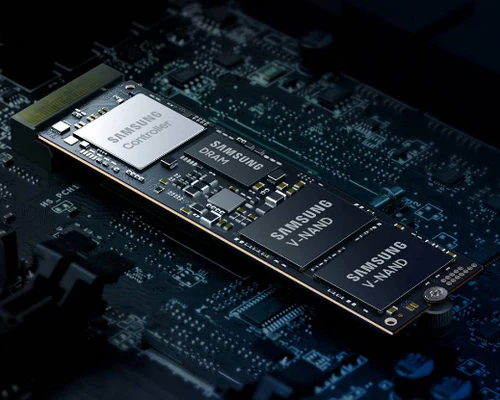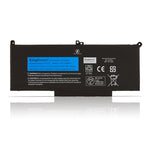You have no items in your shopping cart.
Will increasing the number of NAND flash memory layers increase the battery energy consumption of the device?

With the rapid development of artificial intelligence and big data, the demand for data storage has grown dramatically, and the requirements for storage technology have become more demanding. In this context, the competition in the memory industry has become more and more intense, and the technology competition between the giants is in full swing.
It can be said that the memory industry is ushering in an unprecedented technological revolution under the background of this era full of challenges and opportunities. Only by pursuing excellence and scaling new heights can we remain invincible in the fierce competition.
NAND Flash
NAND flash manufacturers have been trying to increase the storage density of their storage devices by increasing the number of bits stored per cell. While this is fundamentally the most challenging way to increase recording density, it is also the most valuable from a cost perspective.
According to reports in the Korean press, Samsung will achieve mass production of Gen 9 V-NAND flash as soon as later this month.
Samsung executive Jung-Bae Lee said last October that its next-generation NAND flash memory, with an industry-leading number of stacked layers, would be in volume production by early 2024.
Vertical NAND
Samsung mass-produced 236 layers of Gen 8 V-NAND in November 2022, before producing the next generation about a year and a half later. Reports indicate that the 9th generation of Vertical NAND flash will have a stack of 290 layers.
Vertical NAND, a marvelous flash technology, is no longer satisfied with a planar footprint, but instead stacks layers of circuitry in a three-dimensional structure. As the number of layers of NAND flash memory chips continues to increase, the cost is gradually reduced, the individual chip capacity becomes larger, and space utilization is greatly improved. This innovative design not only changes the traditional circuit layout, but also opens up new possibilities for future technological development.
NAND Flash Memory Structure
Samsung's 9th generation vertical NAND will follow the structure of dual flash stacks to realize simpler processes and lower manufacturing costs. The new architecture for Samsung's 10th generation vertical NAND flash, which is expected to be launched next year, will further increase the maximum number of possible stacks for 3D flash, although it will also increase the complexity of the technology.
NAND Flash Market
The NAND flash market has reached a saturation point with the booming growth in areas such as big data, IoT and data centers. However, this hasn't stopped NAND flash manufacturers. Instead, they are accelerating the pace of technology upgrades and market expansion, competing for supremacy in the NAND flash market.
Does an increase in the number of NAND stack layers make a difference in performance?
Theoretically, the lower the number of stacked layers, the lower the power consumption.Vertical NAND stacks consume more power with more layers, but this is a theoretical case of reading only one bit of data.
In reality, NAND flash reads data in batches, and the power consumption can be spread evenly across each cell's read action. The read power consumption of NAND flash is already very low, and process improvements have lowered the power consumption, so increasing the number of stacked layers of NAND has a negligible impact on the device's battery power consumption.
If this article still doesn't help you with your laptop battery, you can buy a new battery at BatteryMall.com!
If this article still doesn't help your laptop battery, you can buy a new battery at BatteryMall.com
If you want to learn more about batteries, please visit:BatteryMall.com/blogs/support








